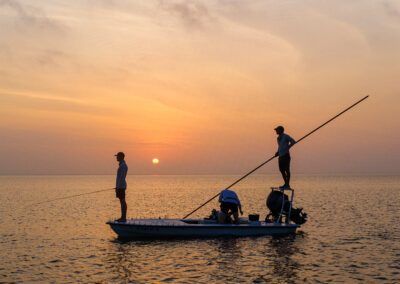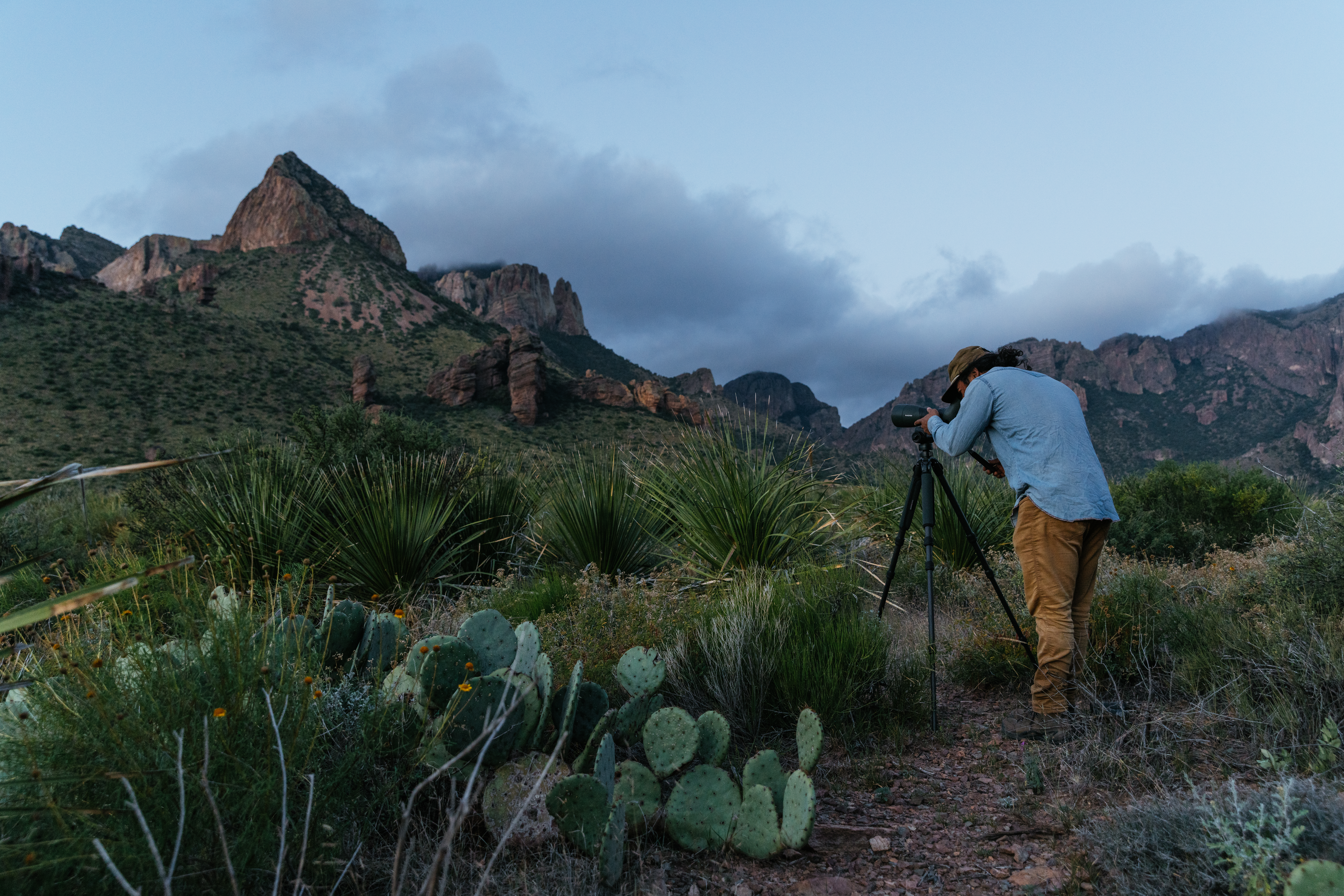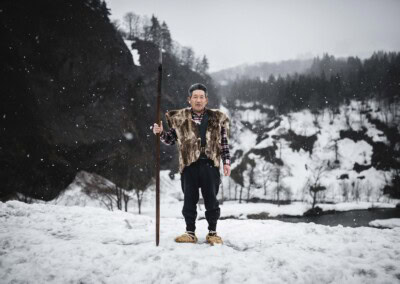Your cart is empty
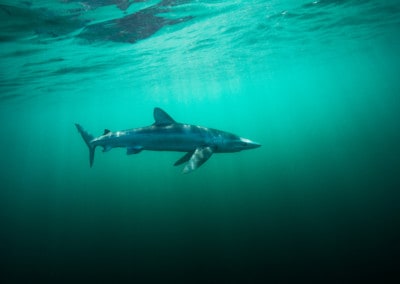
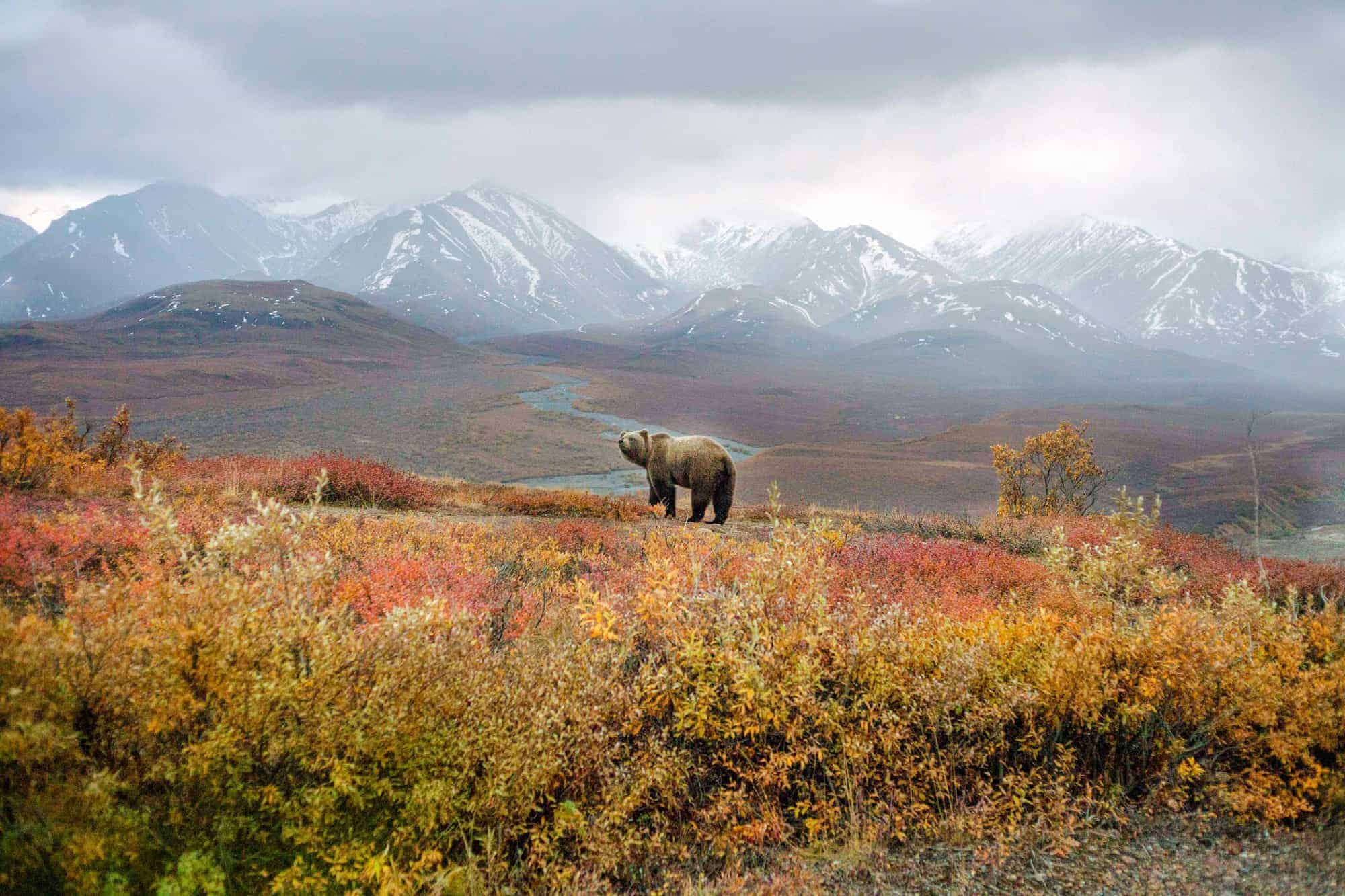
A review of what’s going on, what’s at stake, and why we can’t afford to sit by and let it happen.
Our planet is changing. We are experiencing unprecedented declines in biodiversity, which have fostered the sobering recognition that we are living in and headed toward the sixth mass extinction in our planet’s history. By mid-century, as many as 30 to 50 percent of all known species could be headed toward extinction (1). They are disappearing 1,000 to 10,000 times faster than the background extinction rate — or the speed at which they would disappear naturally, without human influence (2).
Those details may be difficult to grasp, but they are not to be taken lightly. Wildlife is disappearing forever because our collective swing of the axe is taking them with it. This massive reshuffling of the ecological deck is already affecting each and every one of us and will continue to do so in untold, and in some cases irreversible ways. The biodiversity that our ecosystems sustain is not trivial. It is essential to human life.
Much of the air we breathe is produced by phytoplankton, microscopic organisms that live in our world’s fresh and saltwater ecosystems (3, 4). As the health of our waterways and oceans declines, we threaten the very organisms that facilitate the most basic function of human life: breathing. Don’t forget that trees — the sequesters of carbon, the purveyors of food and shelter for countless plants, animals and humans — are facing mounting threats also. One of the most referenced studies on forest-cover changes has found that “globally, 2.3 million square kilometers of forest were lost during the 12-year period (2000–2012) and 0.8 million square kilometers of new forest were gained” (5). For perspective, the reported global loss of forests over 12 years equates to an area roughly six times greater than that of Montana or seven-and-a-half times greater than that of Italy.
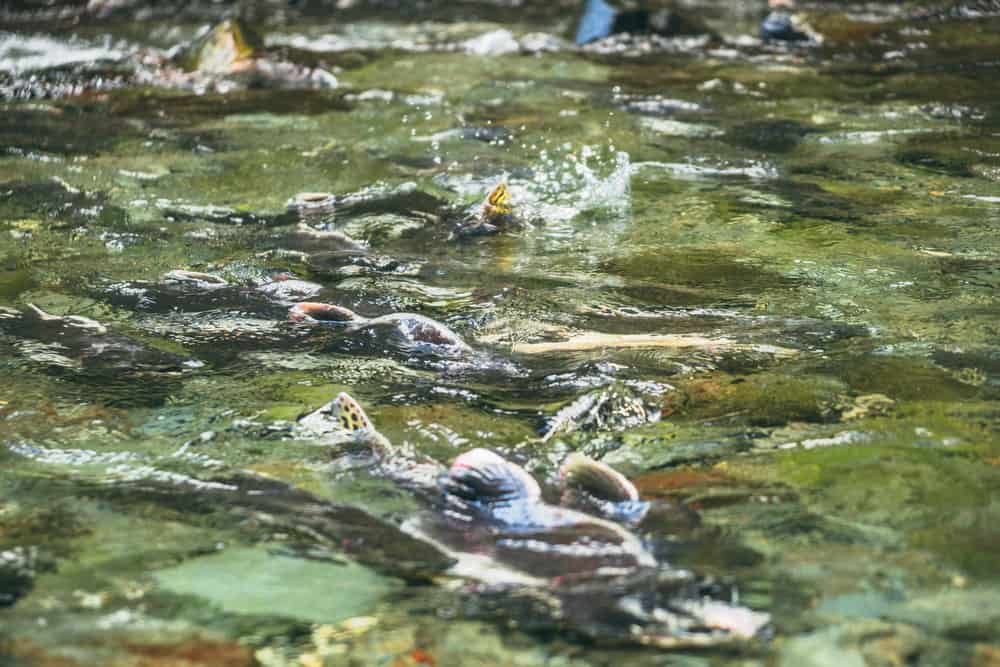
Globally, deforestation and the overall decline of our forests continue to erase some of our planet’s most biodiverse and sensitive ecosystems. Fire, a mounting threat, now sweeps through our planet’s northern boreal forests with a frequency and intensity not seen in the past 10,000 years (6). Drought and the proliferation of pests due to warming winters have spurred declines in some of our planet’s most abundant and ecologically important trees, including the whitebark and ponderosa pine, which feed countless wildlife species in North America. One in fourteen trees in Colorado are now dead (7), and a recent study indicated a staggering 129 million trees have died in California due to drought and bark beetles, an outbreak attributed to our warming climate (8). These trends are not slowing down.
With the decline of forests, avian species are not far behind. Twenty-one percent of our planet’s birds are at risk of extinction (9) in the coming decades, which will have vast and serious effects on our planet’s ability to function. Birds are more than entertainment for bird watchers; they regulate insect numbers and help keep our forests healthy by eating pests that can otherwise kill trees. Birds aid in the decomposition of vegetation, pollinate plants, and distribute their seeds, some of which rely on just a single species of bird for this invaluable job. Some birds are considered our planet’s clean-up crew, consuming millions of pounds of dead and decaying animals annually. Yet, these scavengers, described as old- and new-world vultures, are in decline across the globe (10). Birds, in many ways, are the threads that hold our planet together.
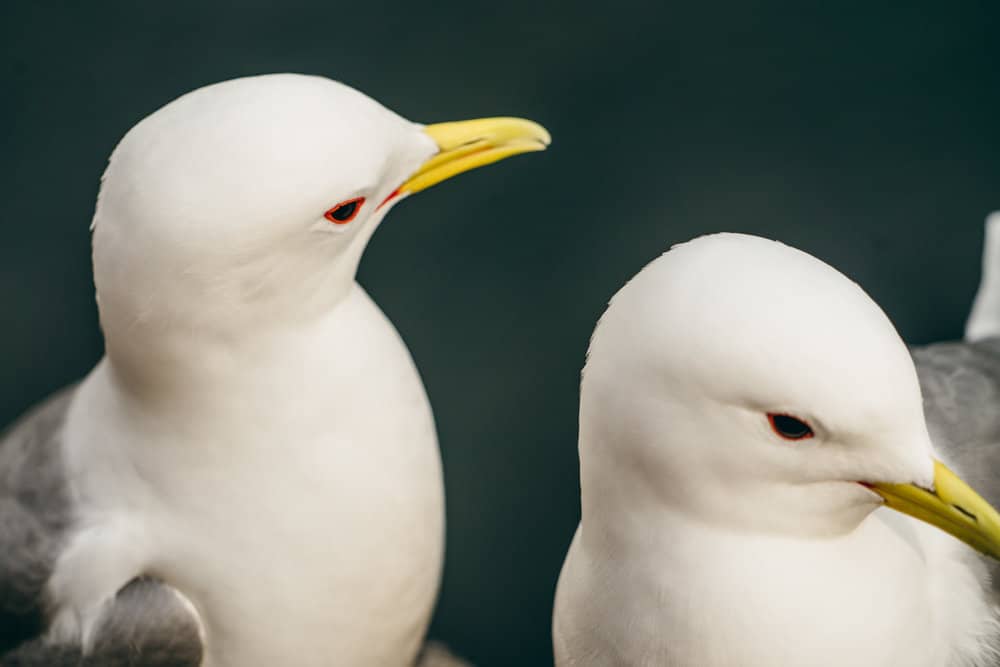
For perspective, it is predicted that by the end of this century (11) half of North America’s bird species will be — if they are not already — severely threatened by climate change. Just as the ‘canary in the coal mine’ metaphor alludes to, birds are indeed the barometer for global health. If one environment doesn’t suit them, birds take flight for new horizons. With global populations collapsing and scores of species sliding toward extinction, it’s a tell-tale sign that something is not right.
The world’s most abundant gull, the black-legged kittiwake, is also experiencing a rapid downward spiral across parts of its range, which spans the planet’s polar regions, pushing the species toward local extinction in places that have supported robust populations for millennia (12). These birds are telling us something about our seas. They are sick.
Reports indicate that by 2050, the world’s oceans may contain more plastic than fish (13). Consider that. More plastic than fish. Repercussions are already being felt, as studies have found that plastic has infiltrated every corner of the sea, our most remote mountains, and our deepest forests. Other efforts aim to better understand the degree to which micro-plastic pollution exists, including on Mount Everest. For the record, the plastics under investigation aren’t waste left behind by climbers or fishing gear that has sunk to the deepest depths of the ocean. The plastics under investigation are tiny fragments layered into the water column and ocean floor, fed by a seemingly endless tide of minuscule plastic particles carried by the currents and wind that also send trash to the most remote islands, mountains and ice caps on Earth (14).
Our changing planet is also facing threats that have seemed to slide under the media’s watchful eye and stream of collective consciousness; I’m talking about top soil and insects, two foundational pillars of life on Earth that are also in an alarming state of decline. We are in the midst of a global ecological crisis.
A recent study found “an estimated 55% of the world’s desertified land is attributable to soil degradation, while land degradation is estimated to affect 23.5% of global land area” (15). Not only does the health of our soil influence the agricultural mechanism that feeds our society, but the state and plight of our soil also directly relate to the state of our pollinators. Insects comprise the bulk of our planet’s pollinating workforce, and they are invaluable.
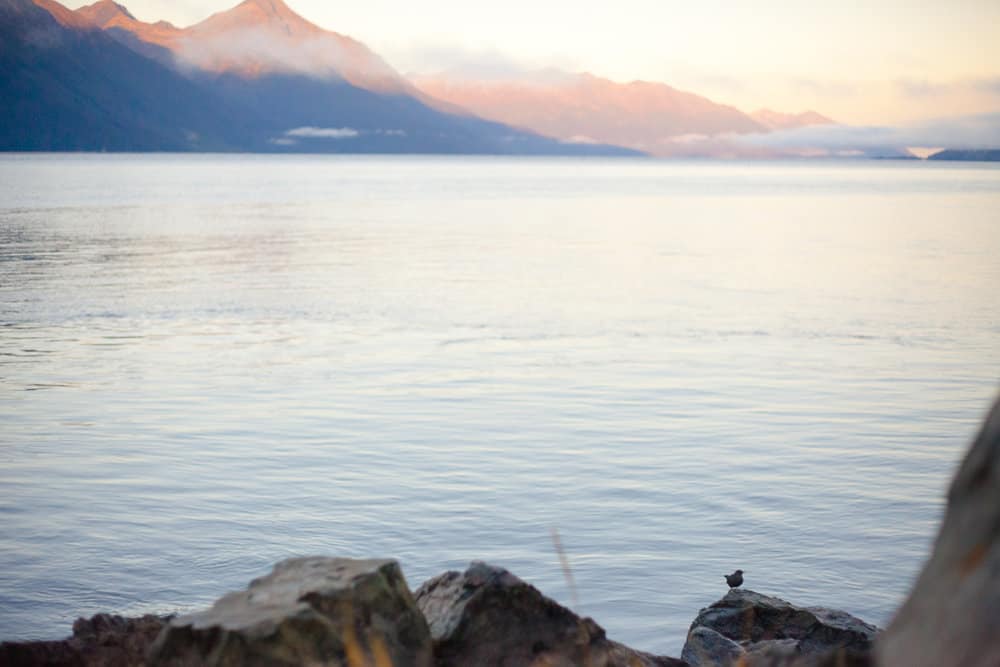
Billions of insects ensure that plants are able to reproduce through the transfer of pollen. This ecosystem service is a cornerstone to life on Earth. Without pollination, many of the foods we rely on would cease to exist. Yet there is ample evidence indicating wild and domesticated pollinators — like the honey bee — are in decline, and so are many of the plants that rely on them (16). While the decline of insects is certainly a global issue, it’s also undoubtedly a local one as well.
I didn’t write this to sow fear or inspire a feeling of helplessness. Rather, I wrote this to remind you of what’s happening. This is our planet, and it’s the only home we have. Knowledge is power. Without it, we have no way of understanding the lay of the land, what’s at stake and how much there is to fight for. We still have thriving, wild ecosystems across the globe. Deforestation in the Amazon rainforest is slowing, and dams are being torn down across the planet to reconnect vital watersheds for migratory fish and millions of people who rely on their nourishing waters. Countless species are being saved from the brink of extinction, and in North America alone, conservation efforts are helping some wildlife species rebound to robust and growing numbers, like bighorn sheep and white-tailed deer.
There has never been a time where more information on the plight of our planet is readily and widely available. There has never been a time when more people are engaged with efforts to help protect our planet, conserve our natural resources and fight to preserve access to and the wellbeing of our public lands. There is no better time than now to educate yourself about the state and fate of our wildlife. There is no better time than now to act and contribute to the groundswells of stewardship and conservation, writing the future of our planet.
This letter was originally featured in Modern Huntsman, Volume Three: Wildlife Management.
1) Thomas, Chris D., et al. “Extinction Risk from Climate Change.” Nature News, Nature Publishing Group, 8 Jan. 2004, www.nature.com/articles/nature02121
2) Chivian, E. and A. Bernstein (eds.) 2008. Sustaining life: How human health depends on biodiversity. Center for Health and the Global Environment. Oxford University Press, New York
3) IPBES Global Assessment. Intergovernmental Science-Policy Platform on Biodiversity and Ecosystem Services , 2019, IPBES Global Assessment, www.ipbes.net/news/Media-Release-Global-Assessment
4) Falkowski, Paul. “Ocean Science: The Power of Plankton.” Nature News, Nature Publishing Group, 29 Feb. 2012, www.nature.com/articles/483S17a
5) Field, Christopher B, et al. “Primary Production of the Biosphere: Integrating Terrestrial and Oceanic Components.” Science, American Association for the Advancement of Science, 10 July 1998, science.sciencemag.org/content/281/5374/237
6) Hansen, M. C., et al. “High-Resolution Global Maps of 21st-Century Forest Cover Change.” Science, American Association for the Advancement of Science, 15 Nov. 2013, science.sciencemag.org/content/342/6160/850
7) Kelly, Ryan, et al. “Recent Burning of Boreal Forests Exceeds Fire Regime Limits of the Past 10,000 Years.” PNAS, National Academy of Sciences, 6 Aug. 2013, www.pnas.org/content/110/32/13055.short
8) 2016 Report on the Health of Colorado’s Forests. Colorado State Forest Service, 2016
9) Fettig, Christopher J, et al. “Tree Mortality Following Drought in the Central and Southern -Sierra Nevada, California, U.S.” Forest Ecology and Management, Elsevier, 20 Sept. 2018, www.sciencedirect.com/science/article/pii/S0378112718313859
10) Şekercioğlu, Çağan H, et al. “Ecosystem Consequences of Bird Declines.” PNAS, National Academy of Sciences, 28 Dec. 2004, www.pnas.org/content/101/52/18042?gca=pnas%253B0408049101v1
11) Ogada, Darcy, et al. “Another Continental Vulture Crisis: Africa’s Vultures Collapsing toward Extinction.” Conservation Letters, John Wiley & Sons, Ltd (10.1111), 18 June 2015, onlinelibrary.wiley.com/doi/full/10.1111/conl.12182
12) Langham, Gary M., et al. “Conservation Status of North American Birds in the Face of Future Climate Change.” PLOS ONE, Public Library of Science, 2 Sept. 2015, journals.plos.org/plosone/article?id=10.1371%2Fjournal.pone.0135350
13) Sandvik, Hanno, et al. “The Decline of Norwegian Kittiwake Populations: Modelling the Role of Ocean Warming.” Climate Research, 17 June 2014, www.int-res.com/abstracts/cr/v60/n2/p91-102/
14) Sardon, Haritz, and Andrew P. Dove. “Plastics Recycling with a Difference.” Science, American Association for the Advancement of Science, 27 Apr. 2018, science.sciencemag.org/content/360/6387/380
15) Barnes, David K.A., et al. “Accumulation and Fragmentation of Plastic Debris in Global Environments.” Philosophical Transactions of the Royal Society B: Biological Sciences, 27 July 2009, royalsocietypublishing.org/doi/full/10.1098/rstb.2008.0205
16) Koch, Andrea, et al. “Soil Security: Solving the Global Soil Crisis.” Global Policy, John Wiley & Sons, Ltd (10.1111), 28 Oct. 2013, onlinelibrary.wiley.com/doi/abs/10.1111/1758-5899.12096
Related Stories
Latest Stories
